Spotify is fantastic for downloading music to listen to without an internet connection. But you might wonder if those offline jams contribute to your listening stats or help your favorite artists. Understanding how Spotify tracks your offline activity is key to making the most of the platform and ensuring your listening habits are accurately reflected. This guide breaks down exactly what happens when you listen offline.
How Spotify’s Offline Listening Feature Works
The ability to listen offline is one of the biggest perks of a Spotify Premium subscription. It allows you to download songs, albums, and playlists directly to your device. This means you can enjoy your music on a plane, in the subway, or anywhere without a stable internet connection.
When you download a track, it’s stored in a protected cache within the Spotify app on your phone or computer. It’s not a regular MP3 file that you can move around; it can only be played through the Spotify app while your Premium subscription is active.
To keep your downloads available, Spotify requires you to connect to the internet at least once every 30 days. This allows the app to verify your subscription status and sync any new data, which is a crucial step for tracking your listening habits. If you don’t go online within that period, your downloaded tracks will be removed.
The Big Difference Between Streaming and Offline Plays
To understand how your stats are calculated, it’s important to know the distinction between streaming online and playing music offline. The difference is all about timing and data synchronization.
When you stream music while connected to the internet, every play is registered on Spotify’s servers in real-time. This data immediately contributes to your personal listening history, algorithmic recommendations like Discover Weekly, and the artist’s total play counts.
Offline listening works differently. While you are disconnected, the Spotify app on your device keeps a log of everything you play. However, this information is stored locally and is not sent to Spotify’s servers. These offline plays are essentially invisible to Spotify until you reconnect to the internet.
How and When Your Offline Plays Are Actually Counted
So, does your offline listening ever count? Yes, but with a delay. Your offline plays don’t just disappear. The Spotify app is designed to hold onto that data and sync it the next time you have an internet connection.
Once you are back online, the app uploads the log of your offline listening sessions to Spotify’s servers. At this point, the songs you played offline are added to your overall listening statistics.
This synchronization process ensures that your offline habits eventually influence your account. Here is how it typically works:
- You listen to a downloaded playlist while your device is in airplane mode.
- The Spotify app records which songs you played and for how long.
- Later, you connect your device to Wi-Fi.
- The app automatically syncs this stored data with Spotify’s servers.
- Your plays are now officially counted, contributing to your stats and artist metrics.
This delay is why you might not see your offline listening reflected immediately in your recently played lists or other statistics.
The Impact on Artists and Your Music Recommendations
The way Spotify handles offline plays has significant implications for both you and the artists you love. Since artist royalties are calculated based on registered streams, your offline plays do not generate revenue for them until you go back online and your data syncs.
If you spend weeks listening to an album offline without reconnecting, the artist won’t see those plays or earn royalties from them during that time. Streaming online is the most direct way to ensure your favorite musicians are compensated for your listens.
Furthermore, Spotify’s powerful recommendation algorithm relies on your listening data to suggest new music. If a large portion of your listening is done offline and you don’t sync regularly, the algorithm gets an incomplete picture of your tastes. This can lead to less accurate recommendations in your personalized playlists like Discover Weekly and Release Radar.
Ensuring Your Offline Listening Habits Are Reflected
The best way to make sure your offline listening contributes to your stats and supports artists is simple: connect to the internet regularly. You don’t need to be online constantly, but opening the Spotify app while connected to Wi-Fi once a day or every few days is a great habit.
This ensures your offline data is synced promptly, keeping your recommendations fresh and artist stats up to date.
Here’s a simple comparison of what happens with your data:
| Activity | Online Streaming | Offline Listening |
|---|---|---|
| Play Count Update | Instant | Delayed (until next sync) |
| Artist Royalties | Generated in real-time | Generated after sync |
| Recommendation Impact | Immediate | Delayed (until next sync) |
Debunking a Common Misconception
A widespread myth is that offline listening is completely untracked and private. Many users believe that what they listen to without an internet connection is never seen by Spotify.
As we’ve covered, this is not true. Spotify is designed to record your offline plays and sync them later. While the tracking is delayed, your listening habits are eventually added to your profile. The primary purpose of this system is to ensure a consistent user experience and accurate data collection across both online and offline modes.
Frequently Asked Questions about Spotify Offline Listening
Does Spotify count offline listening for Spotify Wrapped?
Yes, but only if the plays have been synced before the tracking period for Wrapped ends, which is typically in late October. If you listen offline and don’t reconnect to the internet before that cutoff, those plays won’t be included in your annual stats.
Do artists get paid for offline listens on Spotify?
Artists are paid for offline listens, but only after your device reconnects to the internet and syncs the listening data with Spotify’s servers. The payment is not generated at the moment you listen offline.
How often do I need to go online for my downloaded music?
You must connect to the internet at least once every 30 days to keep your downloads active. This allows Spotify to verify that you still have a Premium subscription.
Will my downloaded songs be deleted if I don’t go online?
Yes, if you fail to connect to the internet within a 30-day period, Spotify will automatically remove the downloaded tracks from your device to comply with its licensing agreements.
Does listening to downloaded songs use mobile data?
No, once a song is fully downloaded, playing it will not use any of your mobile data. The feature is designed specifically to save data and allow for listening without an active connection.

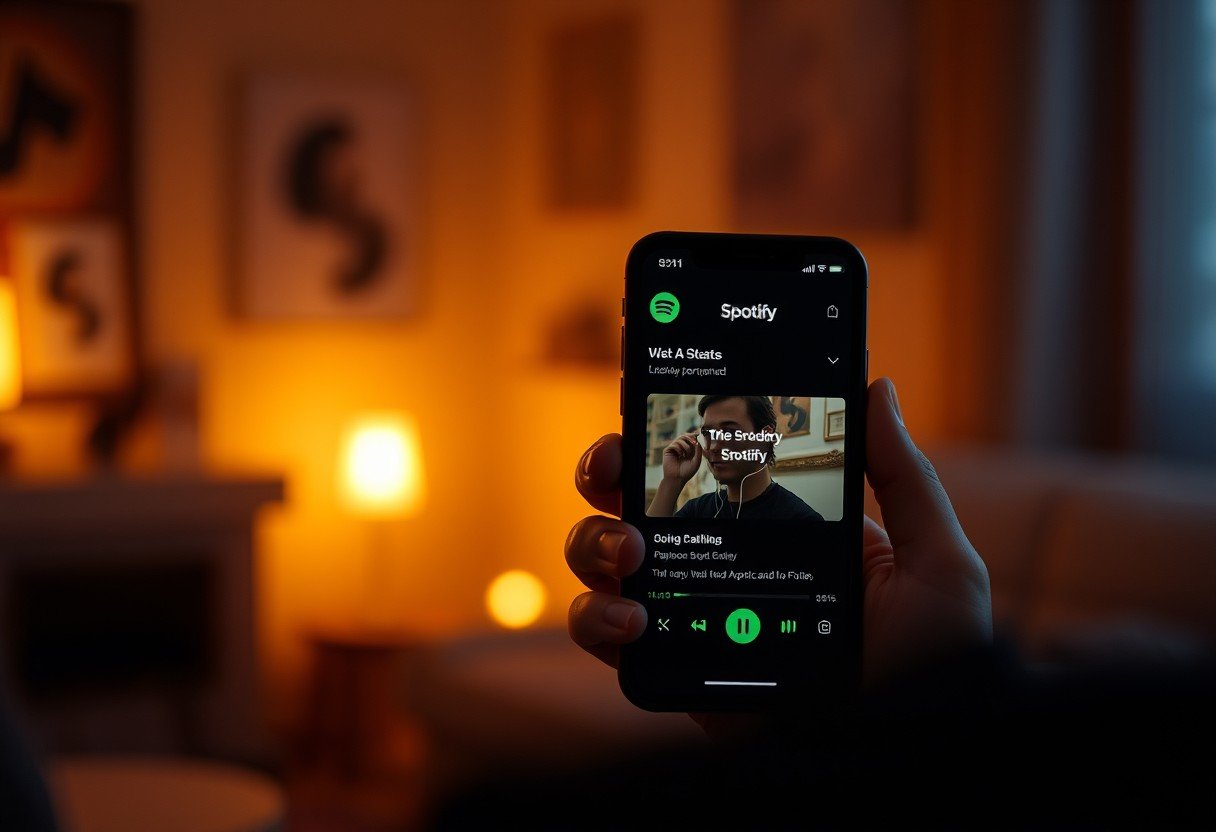
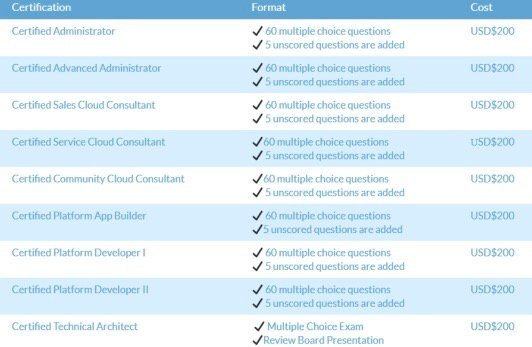
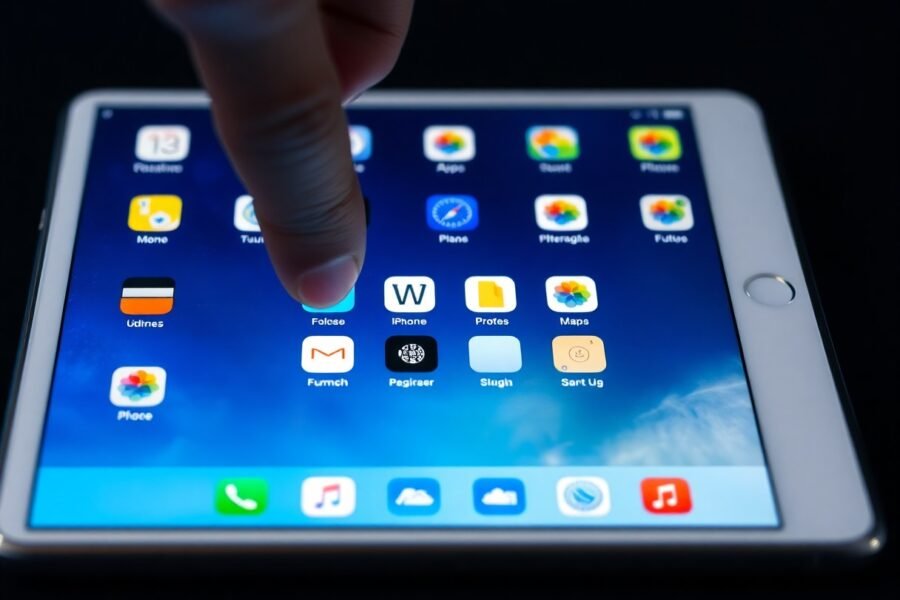

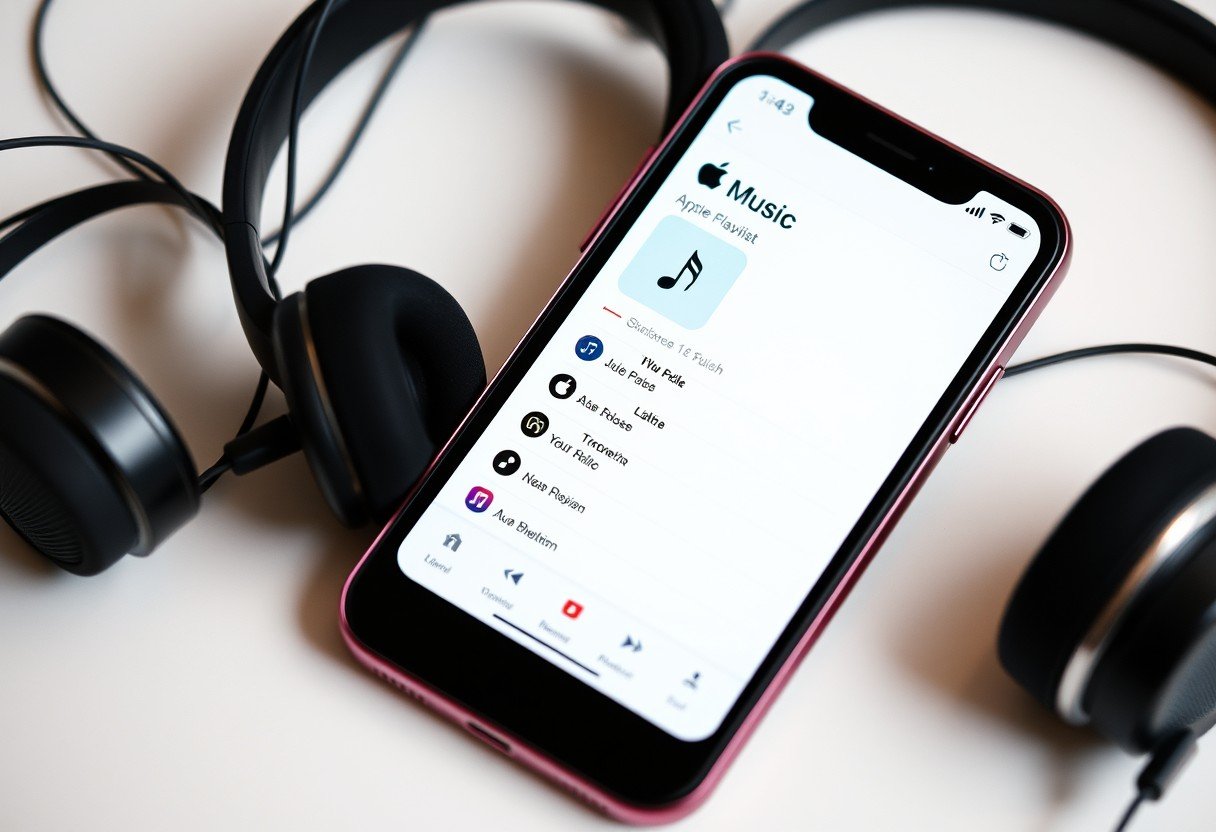
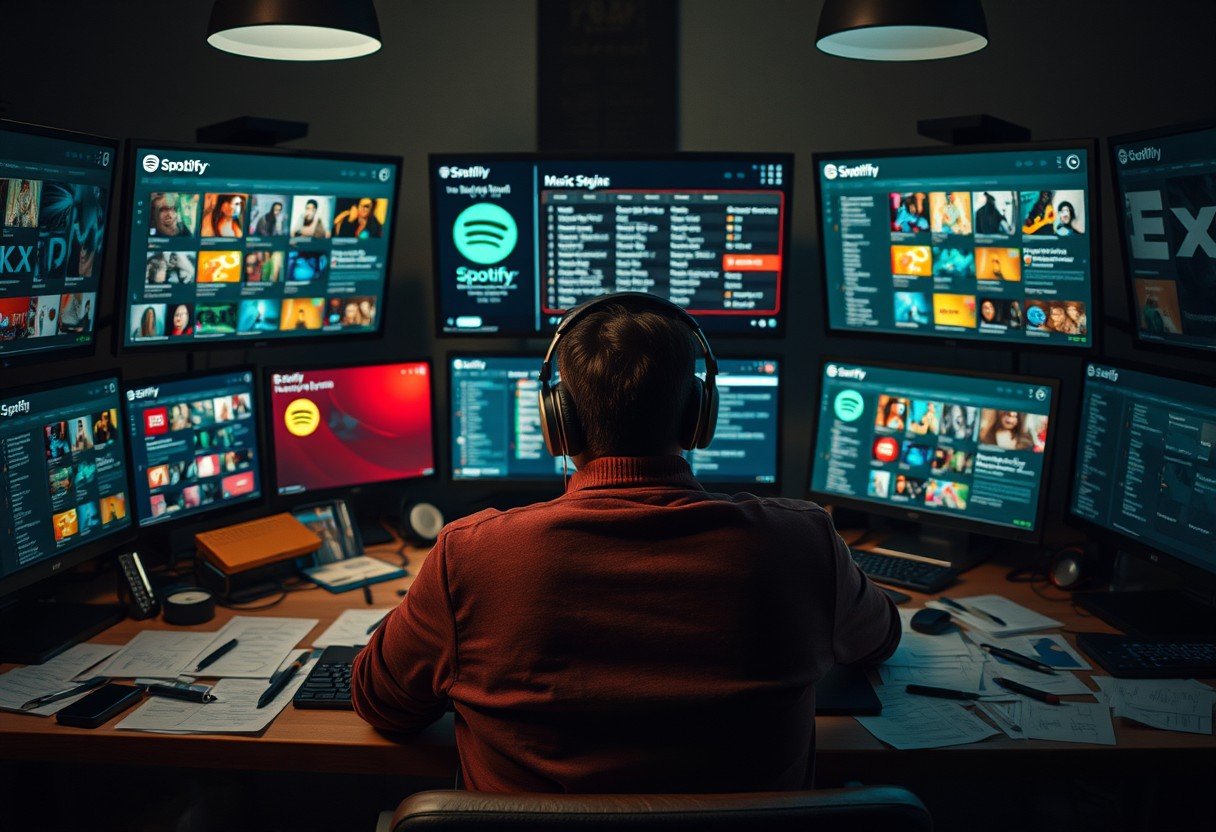
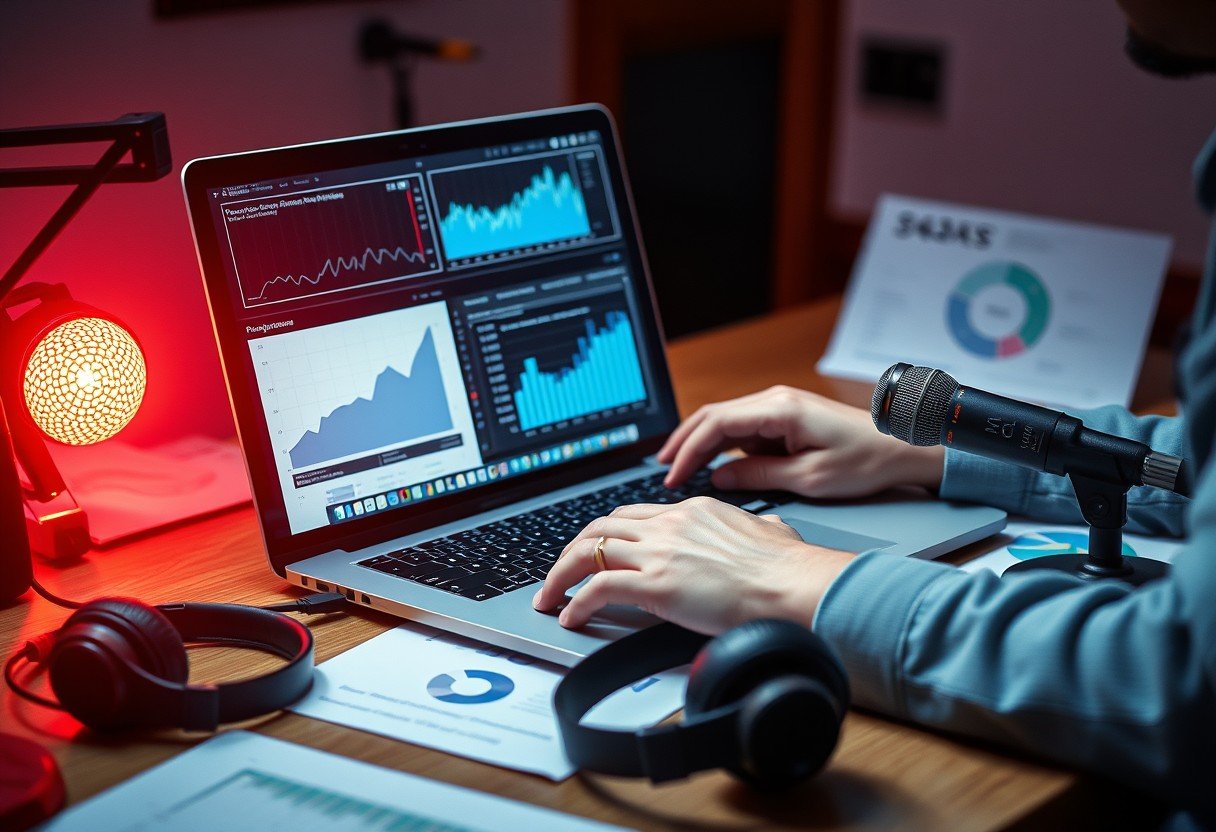
Leave a Comment